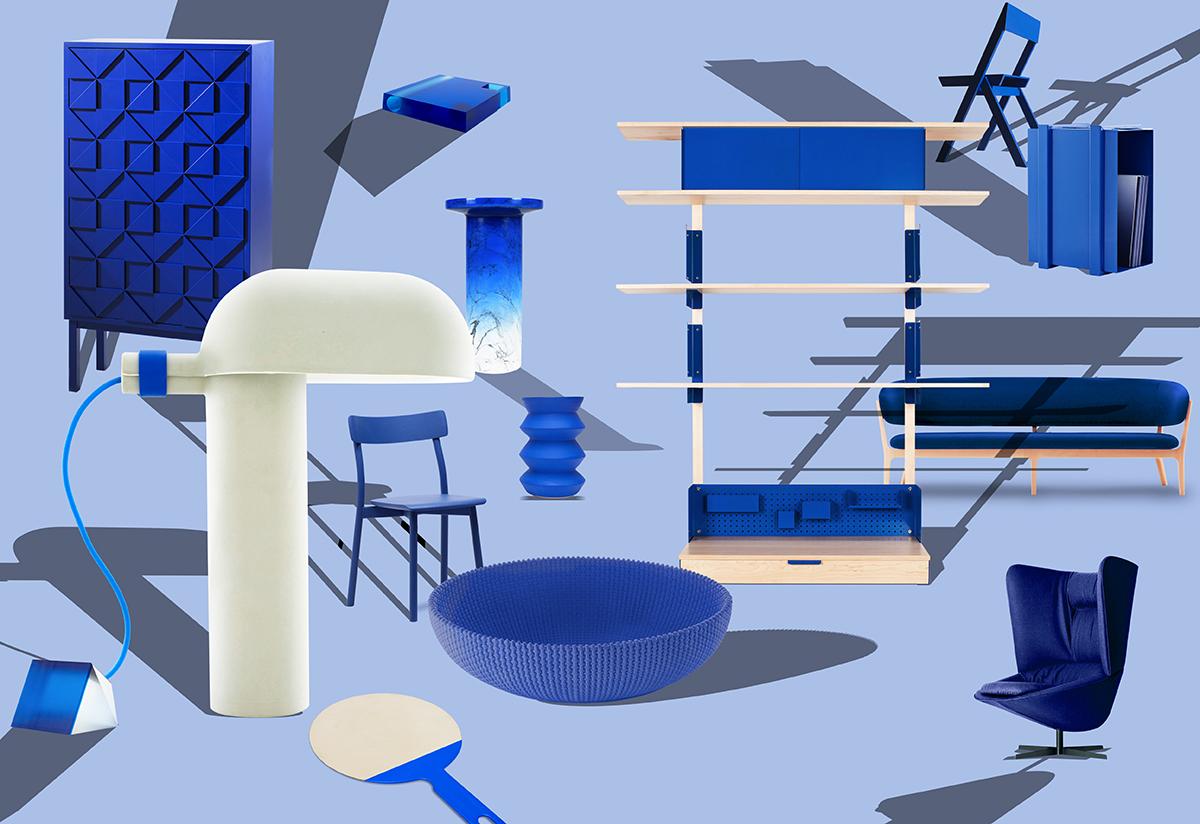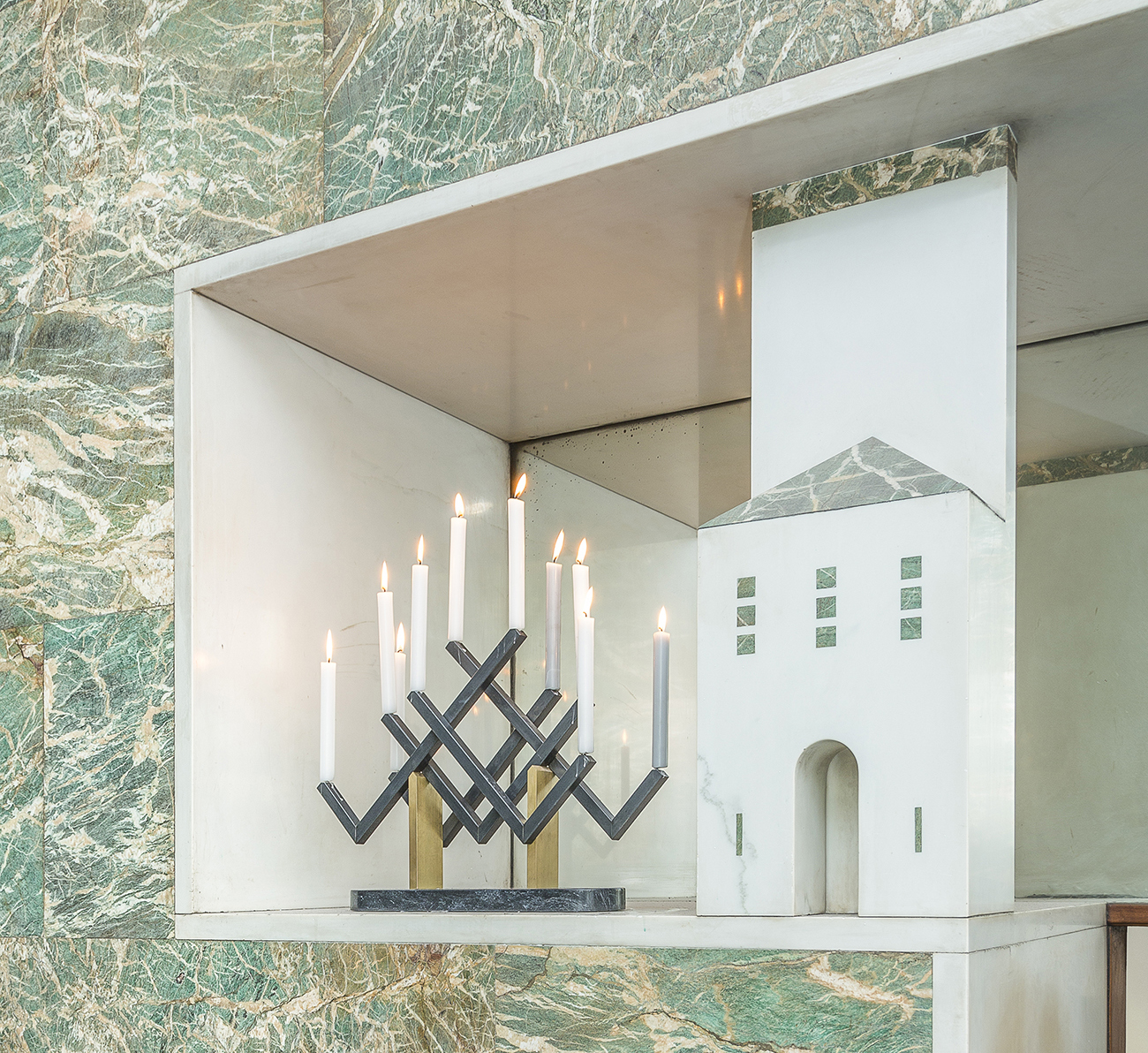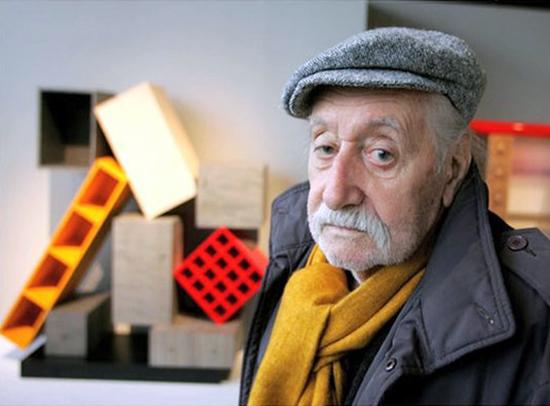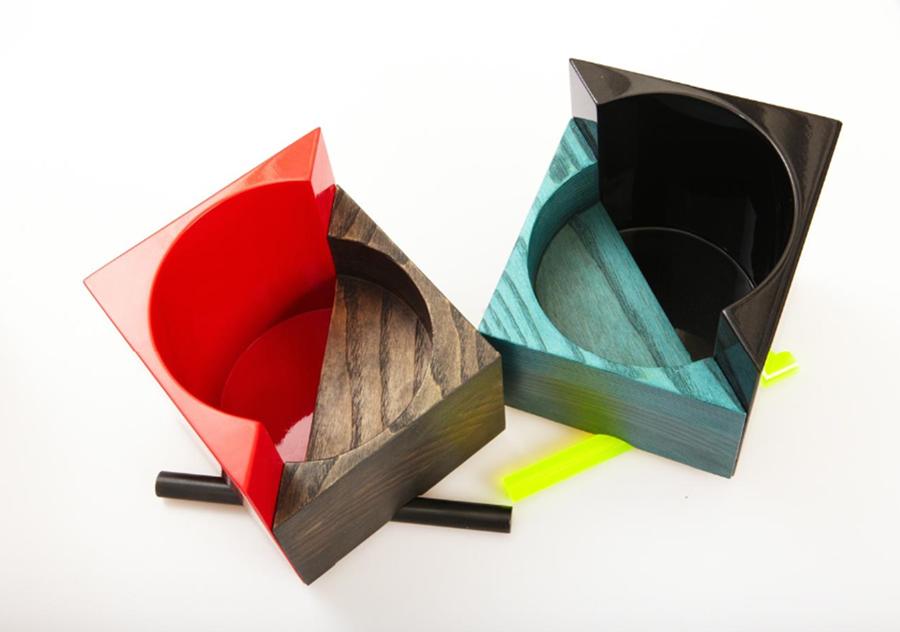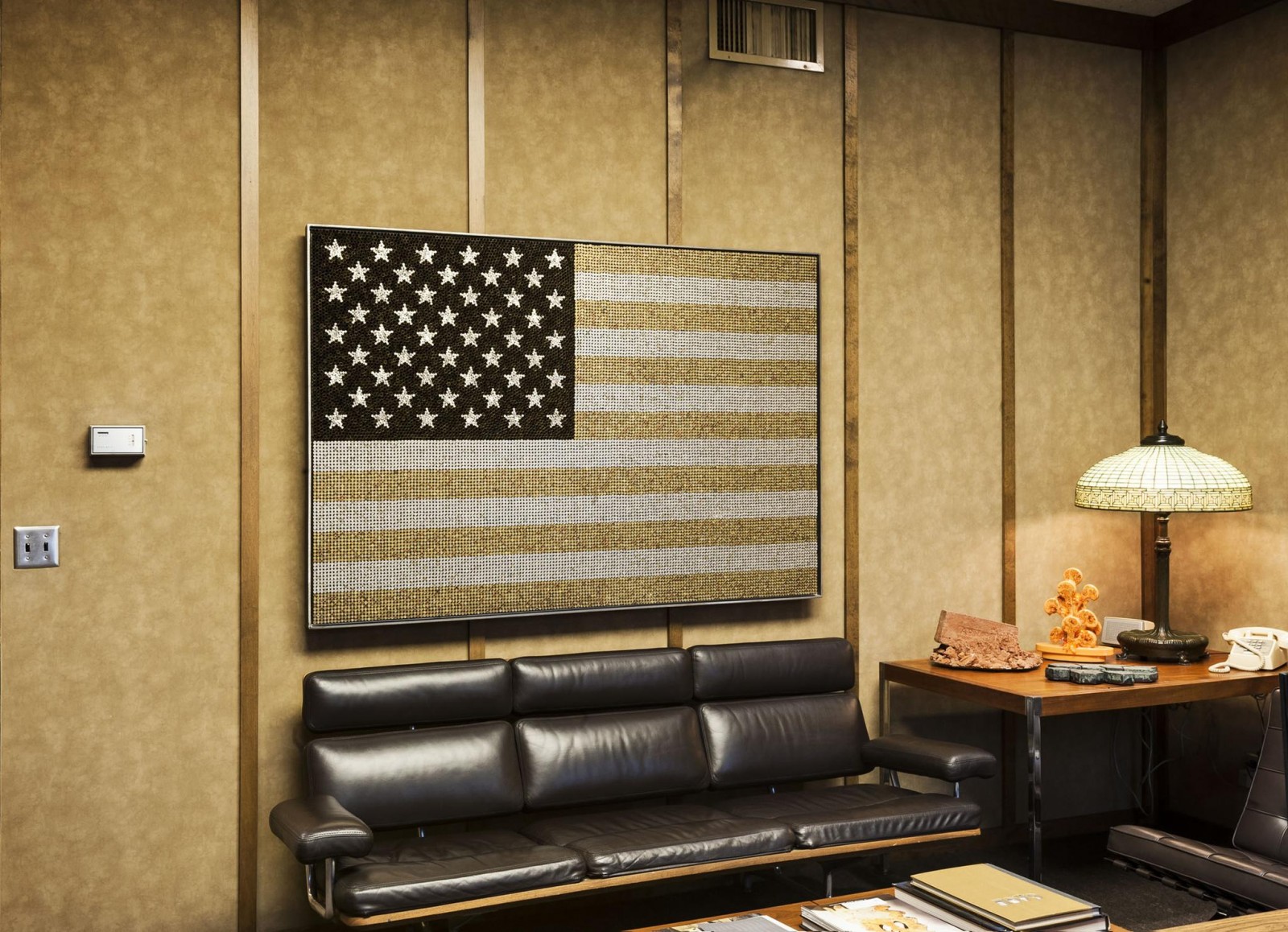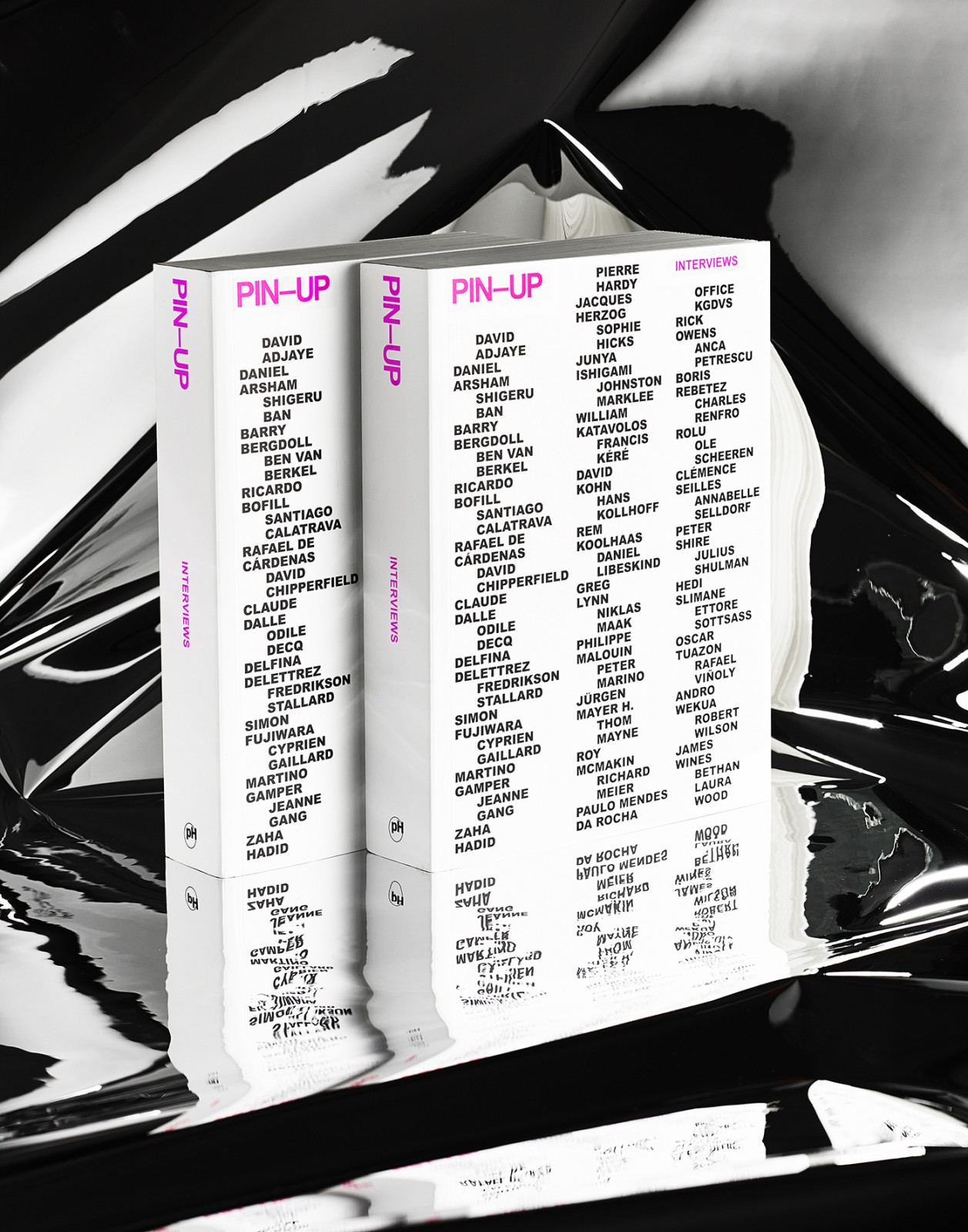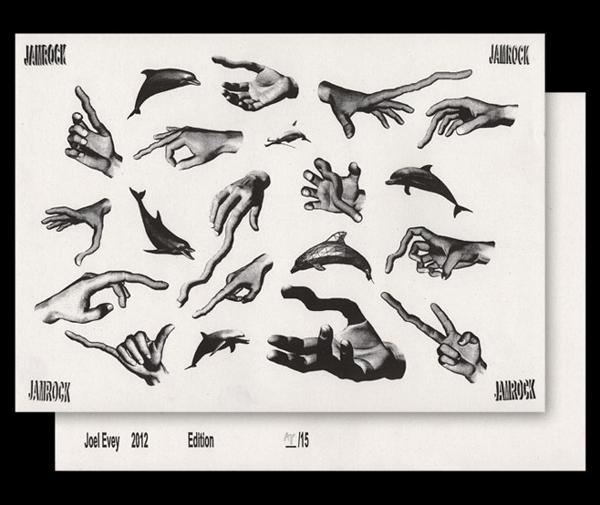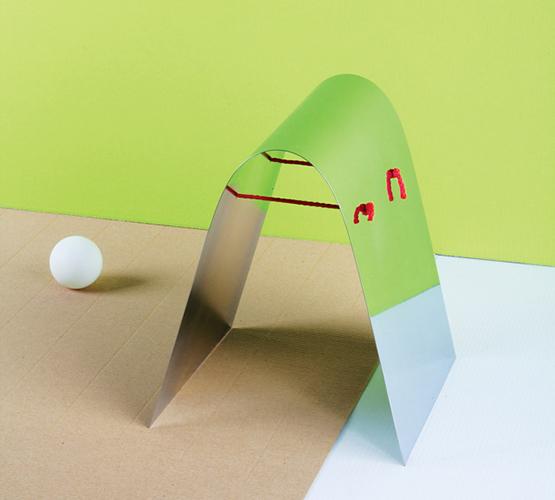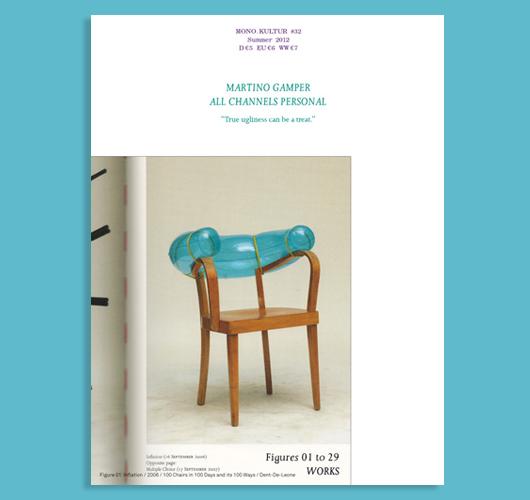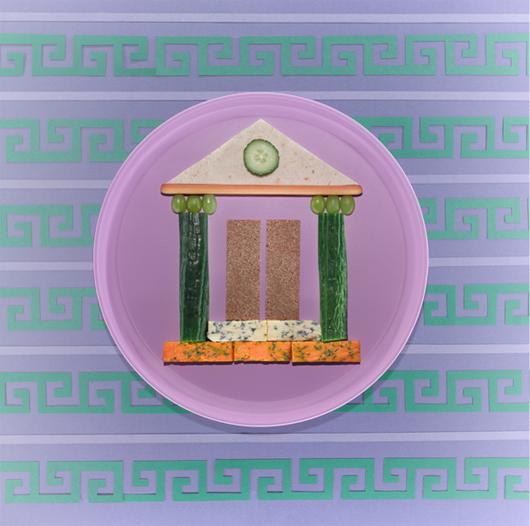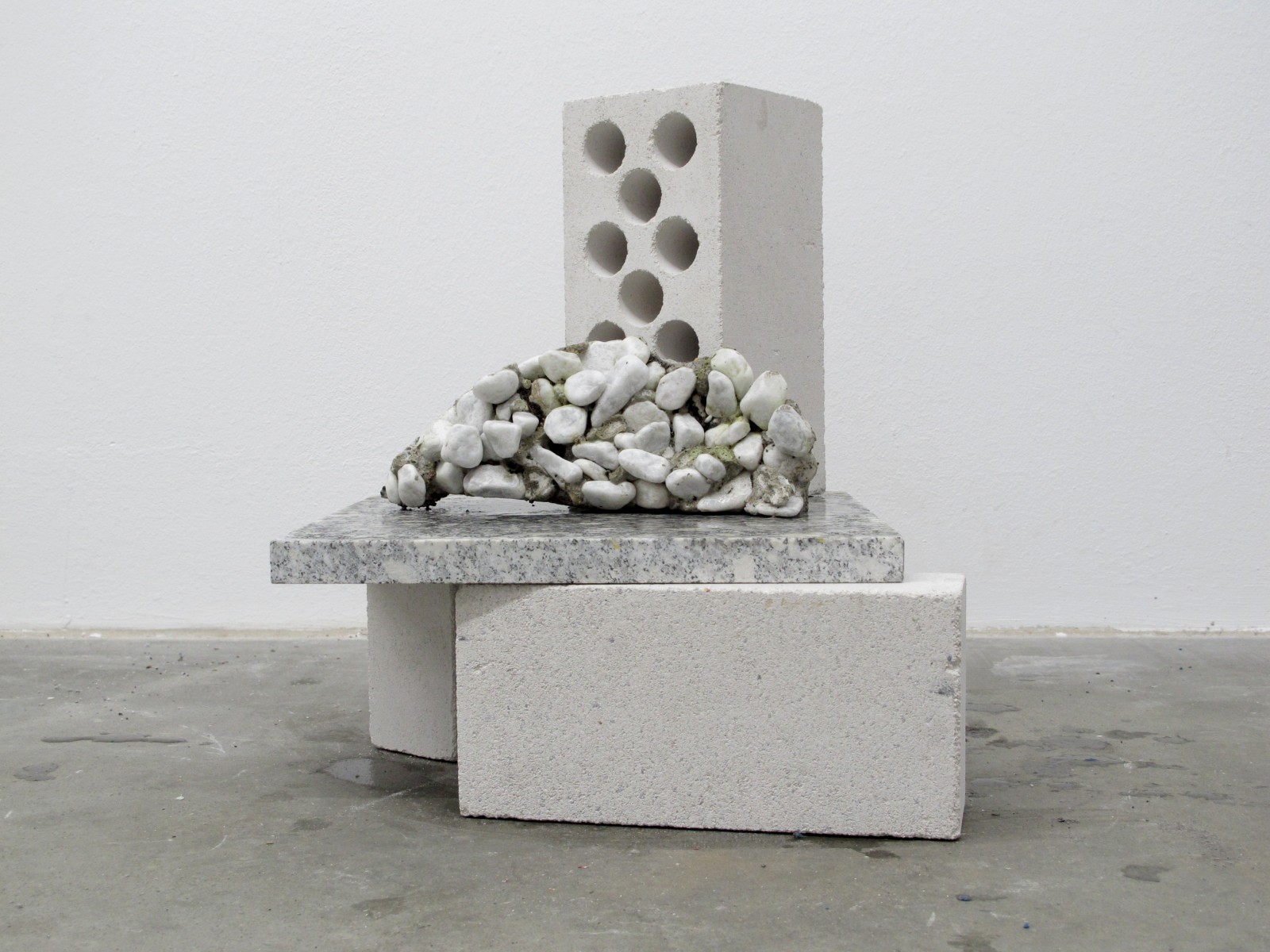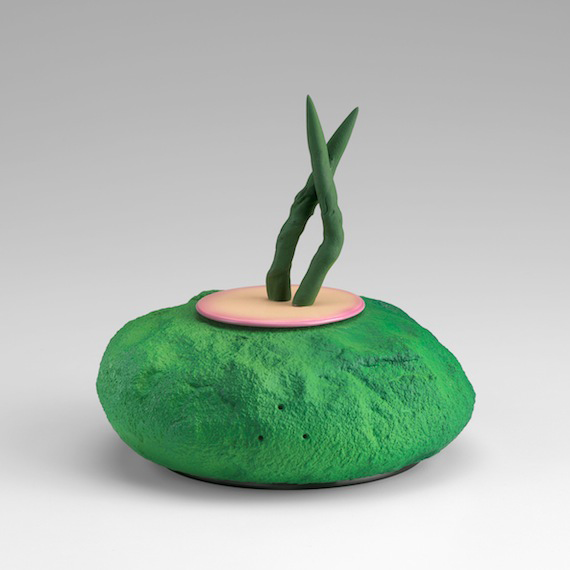
01.14.15
Sighted
Ron Nagle, Ceramicist
One of the best things about ceramics' recent ascent in the art world is that a brighter light has been shone on designers who were practicing in the medium long before "urban claymaking" was ever a thing. The latest artist to experience a massive upswing in attention is Ron Nagle, the San Francisco–based postwar ceramicist who, in his 70s, still adds to his already massive body of work at an amazing clip. Shown at the last art Biennale in Venice, Nagle is currently the subject of both an exhibition at the San Diego Museum of Art and a lovely feature in the new issue of PIN-UP Magazine, who writes of Nagle's process: "Each [piece] boasts the presence of a monument covered in variations of fine stucco textures sprayed with layers of pastel, blush fields often overtaken by thick glazed pools and electric pinstripes. The pieces begin as collections of hand sculpted elements, and are slip cast, carved and fitted to each other, gaining their deep beds of color from multiple firings that are finished with chinapaint. The forms have shifted in theme through his career: from lean green tendrils hailing from ikebana to diorama scenes housing pulsing red cubes." We're particularly fond of a recurring trope in Nagle's work that resembles glassy spears of asparagus, so we've rounded up a few of our favorite examples here.
